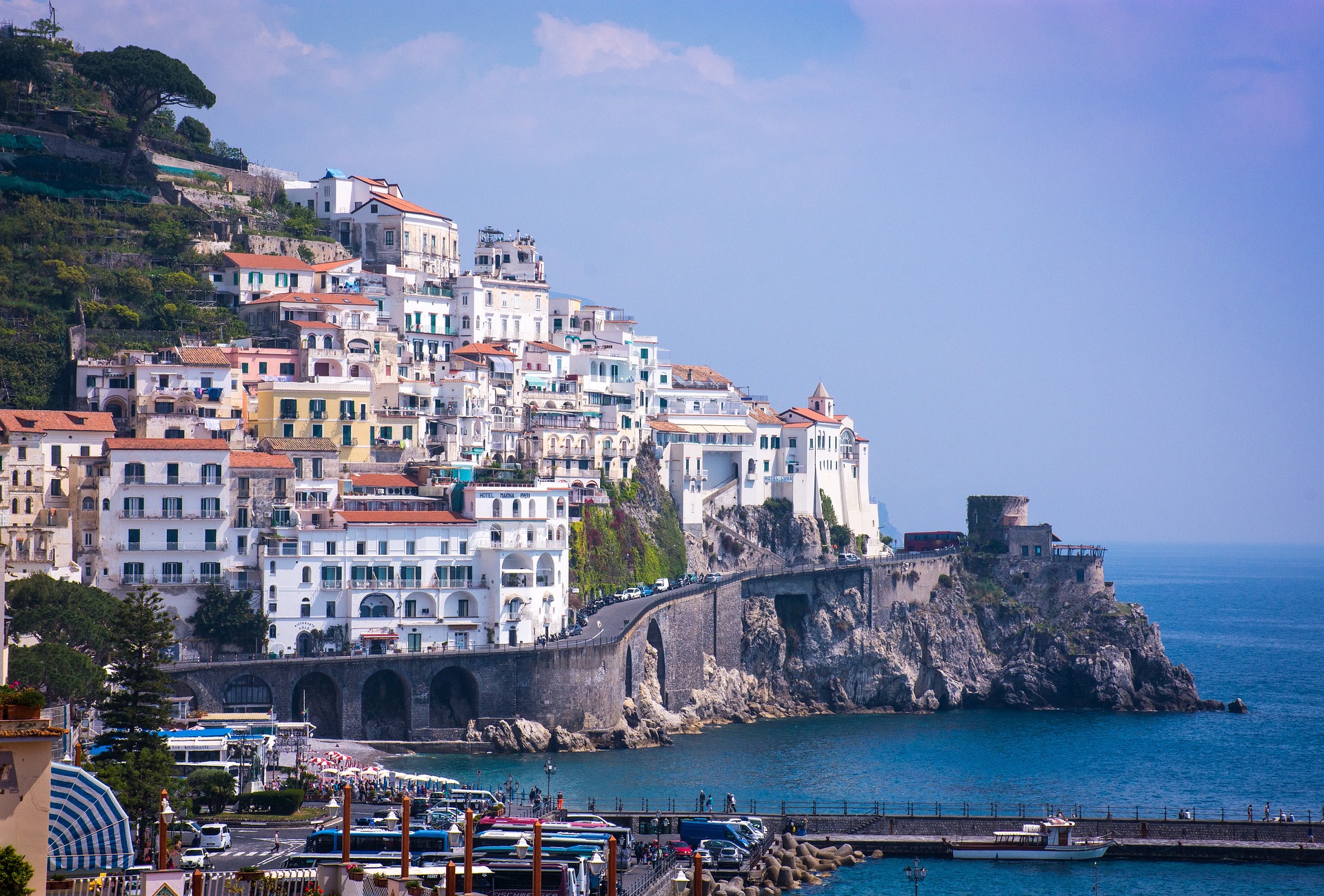Italy is surrounded by the sea on three sides, boasting a coastline stretching 7914 kilometers. Amidst the azure sea and blue skies, beneath the vast expanse of cliffs, colorful towns are scattered, enriched by a profound cultural heritage, making Italy a paradise coveted by travelers worldwide.
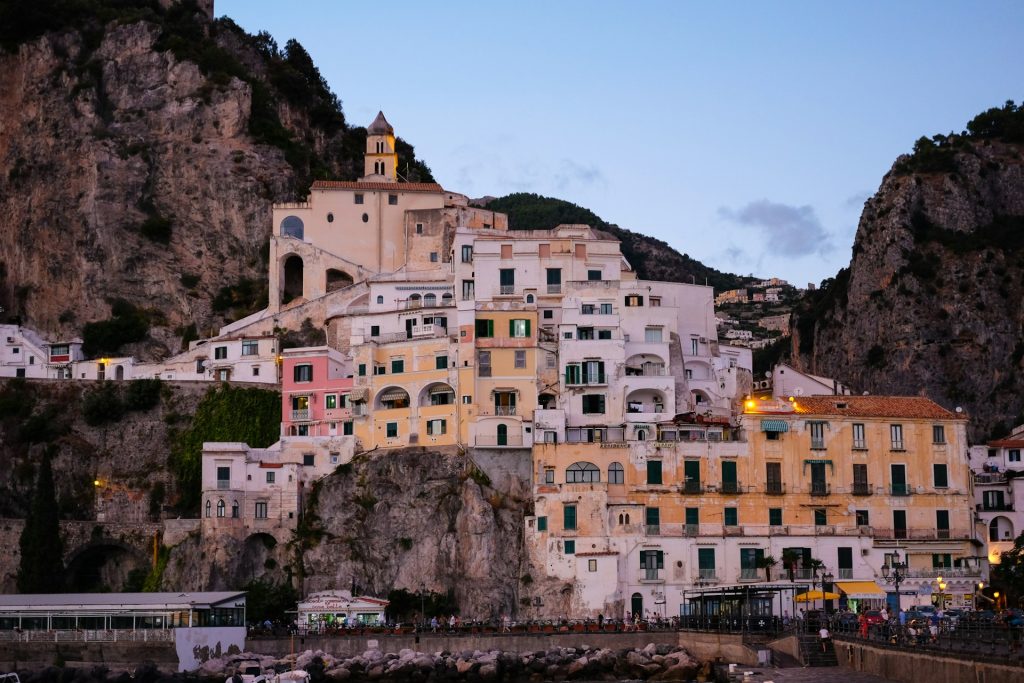
However, these enchanting coastlines are not merely gifts from above but owe much to centuries of human creativity, blending nature and architecture into picturesque destinations. Yet today, due to human activities, these coastlines are becoming increasingly fragile, with the beauty on the brink of disappearance.
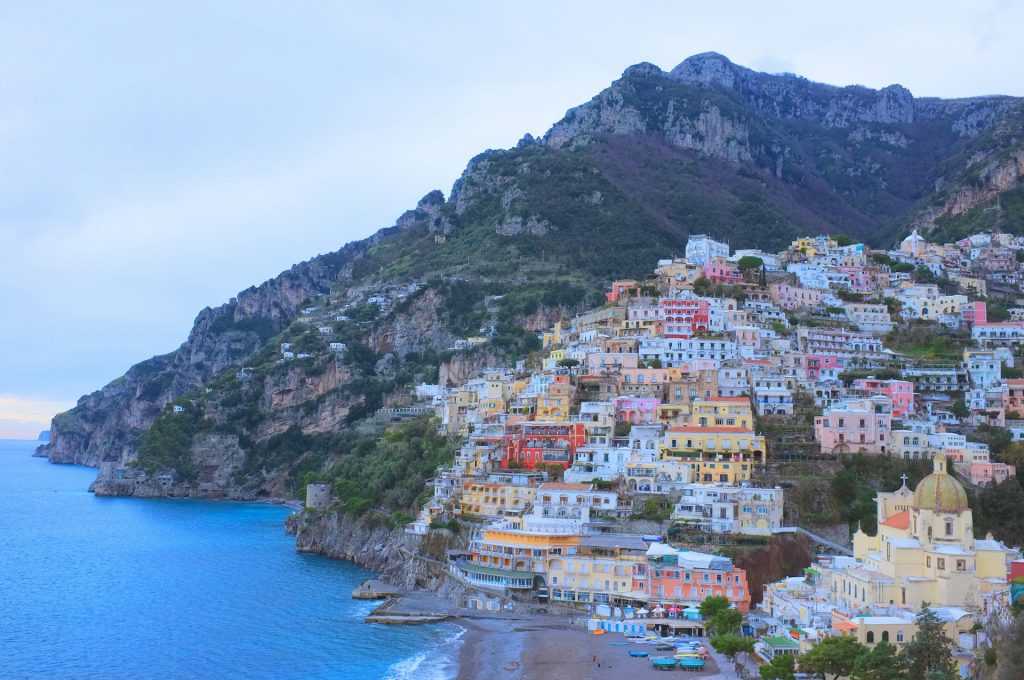
In 1997, the Amalfi Coast was designated a UNESCO World Heritage Site as a “Cultural Landscape.” Also known as the “Divine Coast,” its 14 seaside towns are like 14 pearls, nestled along this semi-circular coastline. From ancient times to the present, the Amalfi Coast has been a beautiful paradise and an inspiration for countless artists and poets.
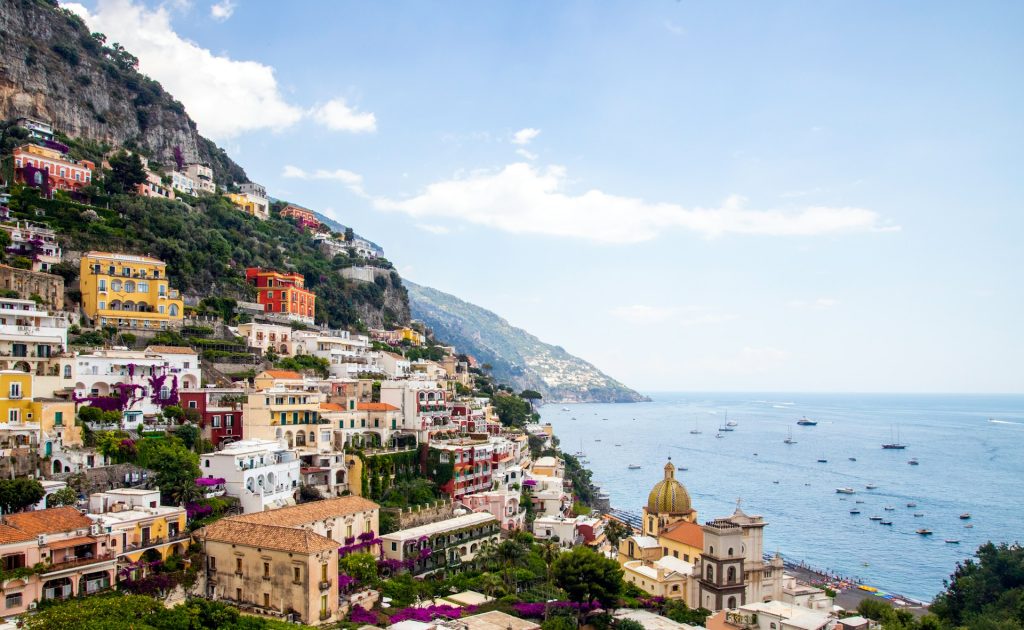
The warm spring and the mild autumn are the best times to visit the Amalfi Coast. Lush vegetation, golden lemons, oranges, and broom flowers, dense olive groves, vineyards, cool shady caves, yacht-filled bays, and the azure sea…
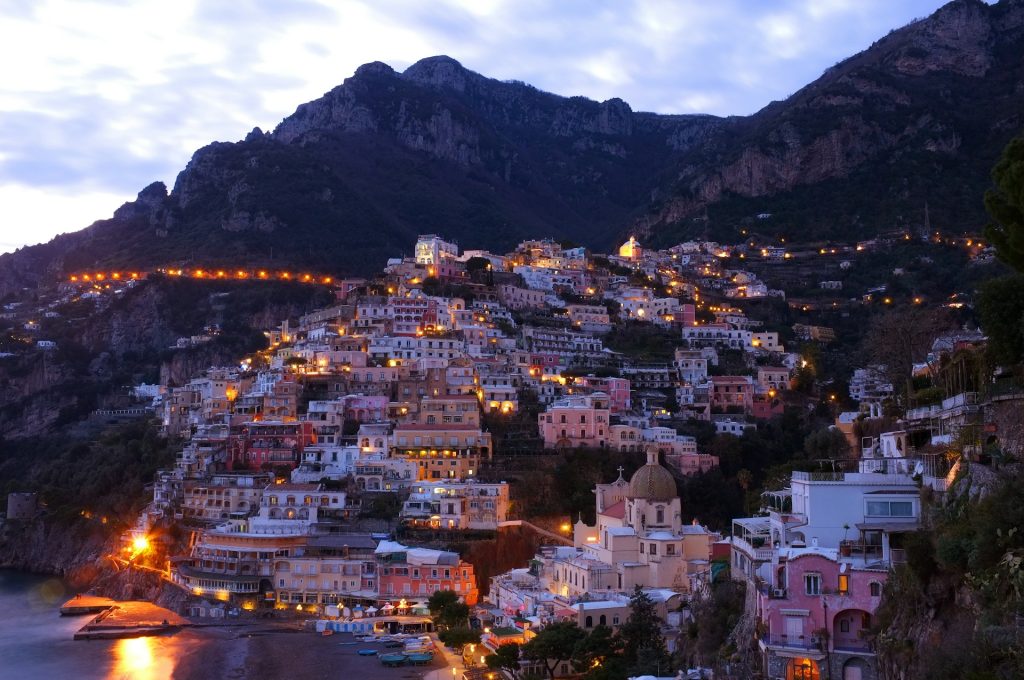
Traveling along the Amalfi coastal road is undoubtedly an extraordinary journey of visual and gustatory sensations. It’s a unique mountain road, accompanied by the poets’ praises and the chime of church bells, weaving between towns and orchards, the sea and the rocks. The series of 180-degree hairpin turns test driving skills but also partially conceal the endless beauty, gradually revealing it layer by layer, allowing one to savor it without being overwhelmed, lost in its enchantment.



